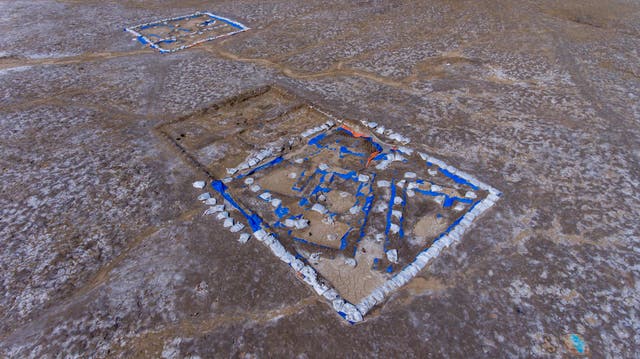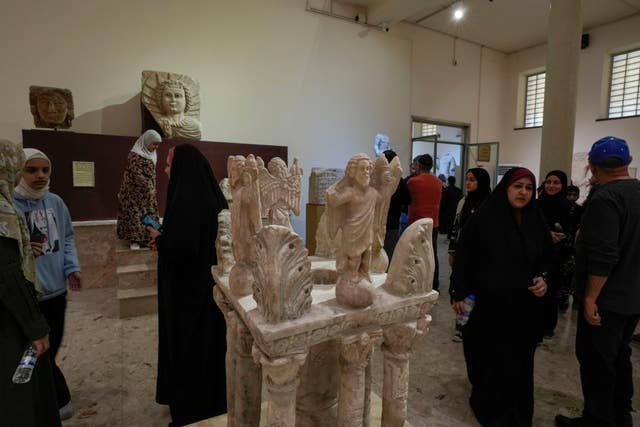An international archaeological mission has uncovered the remnants of what is believed to be a 5,000-year-old restaurant or tavern in the ancient city of Lagash in southern Iraq.
The discovery of the ancient dining hall — complete with a rudimentary refrigeration system, hundreds of roughly made clay bowls and the fossilised remains of an overcooked fish — was announced in late January by a University of Pennsylvania-led team.
It came against the backdrop of a resurgence of archaeology in a country often referred to as the “cradle of civilisation”, but where archaeological exploration has been stunted by decades of conflict before and after the US invasion of 2003.
Those events exposed the country’s rich sites and collections to the looting of tens of thousands of artefacts.

With relative calm prevailing over the past few years, the digs have returned. At the same time, thousands of stolen artefacts have been repatriated, offering hope of an archaeological renaissance.
“‘Improving’ is a good term to describe it, or ‘healing’ or ‘recovering,’” said Jaafar Jotheri, a professor of archaeology at University of Al-Qadisiyah.
Iraq is home to six Unesco-listed World Heritage Sites, among them the ancient city of Babylon, the site of several ancient empires under rulers such as Hammurabi and Nebuchadnezzar.
In the years before the 2003 US invasion, a limited number of international teams came to dig at sites in Iraq.

The country’s ancient sites faced “two waves of destruction,” Mr Jotheri said, the first after harsh international sanctions were imposed following Iraq’s 1990 invasion of Kuwait and desperate Iraqis “found artefacts and looting as a form of income” and the second in 2003 following the US invasion, when “everything collapsed”.
Amid the ensuing security vacuum and rise of the Islamic State militant group, excavations all but shut down for nearly a decade in southern Iraq, while continuing in the more stable northern Kurdish-controlled area. Ancient sites were looted and artefacts smuggled abroad.
The first international teams to return to southern Iraq came in 2014.
The digs at Lagash, which was first excavated in 1968, had shut down after 1990, and the site remained dormant until 2019.
A temple complex and the remains of institutional buildings had been uncovered in earlier digs, so when archaeologists returned in 2019 they focused on areas that would give clues to the lives of ordinary people.
They began with what turned out to be a pottery workshop containing several kilns.
Further digging in the area surrounding the workshop found a large room containing a fireplace used for cooking. The area also held seating benches and a refrigeration system made with layers of clay jars thrust into the earth with clay shards in between.
The site is believed to date to around 2,700 BC. It is thought to have been a cafeteria to feed workers from the pottery workshop next door.

Last month, Iraq’s national museum began opening its doors to the public for free on Fridays — a first in recent history.






